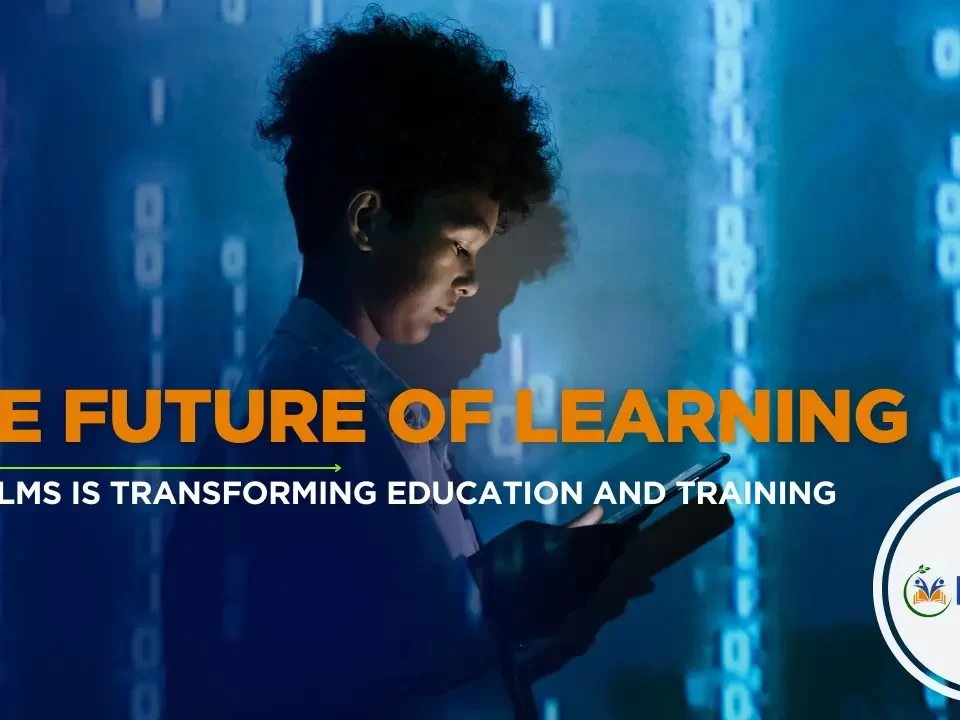
Emerging Technologies Shaping the Future of E-Learning in India
June 24, 2024
Why Skills-Based Learning is the Future of Work important for India
July 12, 20245 Ways to Make Learning Bite-Sized & Powerful
The way we learn is continuously changing. Long lectures and information overload are no longer the norm. Microlearning meets the needs of today's learners by providing succinct, engaging, and accessible knowledge.
Microlearning refers to short learning modules, usually lasting for 5-10 minutes, that focus on a single skill or subject. This format is ideal for our hectic lifestyles and short attention spans.
However, the benefits extend well beyond convenience. According to a LinkedIn Learning Report, microlearning can increase information retention by up to 50% above standard training approaches. Furthermore, an Udemy analysis discovered that microlearning courses have a 17 times greater completion rate than standard courses.

So, how can you leverage the potential of microlearning? Here are five good strategies:
-
Identifying the Right Content
Not all topics are appropriate for microlearning. Concentrate on well-defined abilities or procedures that can be conveyed concisely. Microlearning modules are ideal for topics such as software tutorials, compliance training, and particular technical skills.
-
Develop Compelling Learning Objectives
Even in a brief format, defined learning objectives are essential. What specific information or skills should students acquire by the conclusion of the module? Clearly establish these objectives to guarantee focused content and quantifiable results.
-
Embrace Variety in Delivery
Microlearning does not need to be limited to text-heavy presentations. Use multimedia features like films, infographics, animations, and interactive quizzes to keep learners involved and accommodate diverse learning styles.
-
Make it mobile friendly.
Today's learners usually access information on the move. Make sure your microlearning courses are suited for mobile devices. This provides for more flexible learning and allows students to fit in knowledge bits during commutes or breaks.
-
Encourage active learning:
Don't merely passively deliver information. Encourage active involvement via microinteractions, quizzes, polls, and gamification components. This not only increases engagement, but also improves information retention.
Beyond these tactics, consider the following additional ideas collected from the LinkedIn Learning and Udemy reports:
- Organize stuff into logical chunks: Break down complicated concepts into smaller, more manageable parts.
- Concentrate on one subject every module: Avoid information overload by focusing each module on a certain skill or concept.
- Space out your modules: Spaced repetition is critical for long-term information retention. Consider offering microlearning lessons in brief bursts spaced out across time.
- Track the learner's progress: Monitor student engagement and completion rates to uncover gaps and enhance your microlearning approach.
By using these tactics, you may design microlearning experiences that are both interesting and successful in terms of information retention and skill development.
Consider using a Learning Management System (LMS) like Knest LMS, which provides the tools and features needed to build and deliver effective microlearning experiences.
Knest LMS enables you to:
- Create compelling microlearning courses with a user-friendly UI.
- Deliver information with ease across many platforms, including mobile.
- Track learner progress and assess the efficacy of your microlearning technique.
Contact Knest LMS today for a free demo and see how Knest LMS is shaping the future of eLearning in India today.
Emerging Technologies Shaping the Future of E-Learning in India



